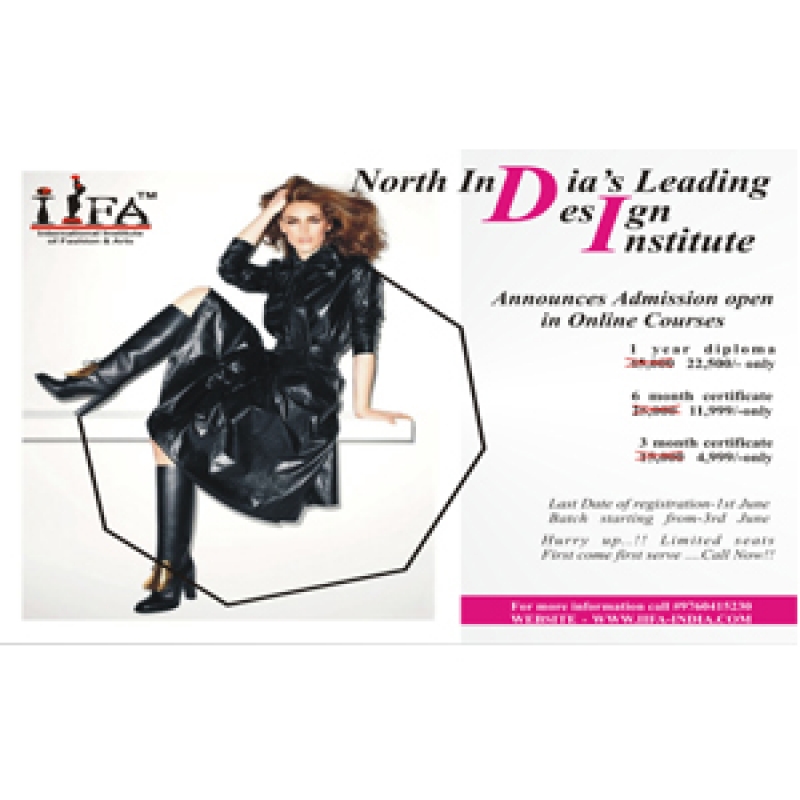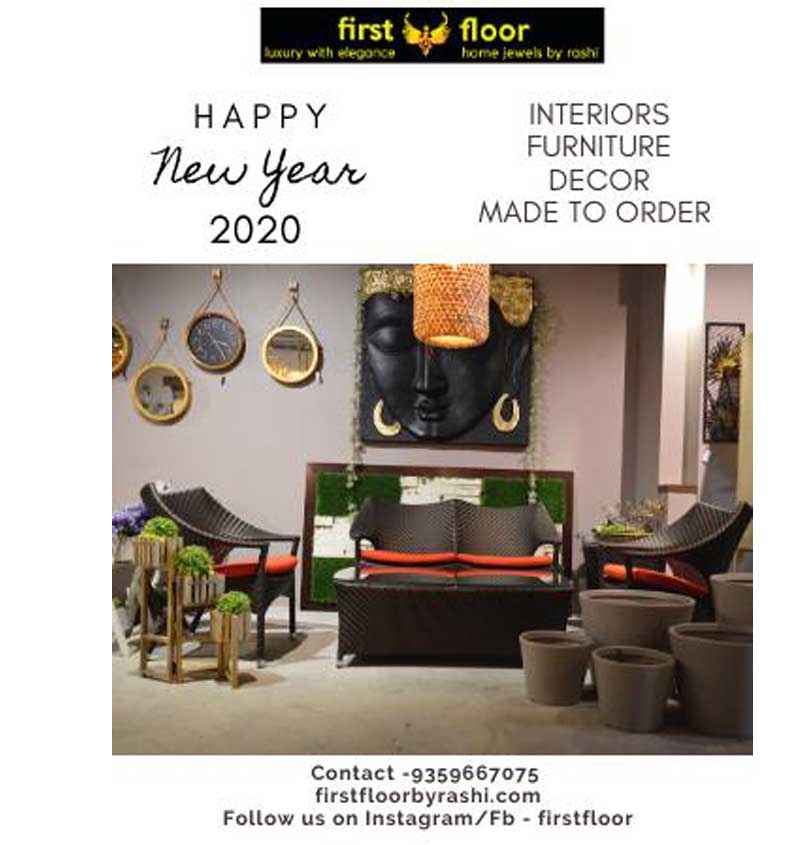Defining Fashion Journalism
At its core, fashion journalism involves the reporting and analysis of trends, designers, collections, and the broader fashion industry. It spans a range of media—print, digital, broadcast, and social—and includes everything from runway reviews and designer profiles to in-depth essays on fashion history and commentary on social justice issues within the industry.
Shaping Public Perception
Fashion journalists play a critical role in shaping how the public understands and engages with fashion. Through their narratives, they influence which trends become mainstream, which designers gain recognition, and which issues gain attention. In an age of information overload, trusted fashion journalists help curate and contextualize the vast amount of content available, providing depth and insight rather than just surface-level reporting.
Cultural Commentary and Social Impact
More than just reporting what’s in vogue, fashion journalism offers a lens through which to examine societal issues. Topics such as body positivity, racial diversity, labor ethics, and environmental sustainability are increasingly featured in fashion coverage. Journalists who tackle these subjects challenge industry norms and advocate for a more inclusive and responsible fashion world.
Economic Influence
The fashion industry is a major global economic player, worth over $2.5 trillion. Fashion journalists help drive consumer behavior and, by extension, the economy. A favorable review or prominent feature can catapult a designer or brand into commercial success. Fashion weeks, product launches, and editorial spreads all rely on the symbiotic relationship between media and commerce.
Educating and Archiving
Fashion journalism also serves an educational purpose. Through interviews, retrospectives, and historical analysis, it preserves the legacy of iconic designers and movements. It helps readers understand the context behind styles and innovations, fostering a deeper appreciation for fashion as both art and commerce.
Navigating the Digital Age
The rise of blogs, influencers, and social media has transformed fashion journalism, democratizing who gets to tell the stories. While this shift has created opportunities for new voices, it has also blurred the lines between editorial integrity and sponsored content. Professional fashion journalists are more important than ever for providing critical, well-researched, and unbiased perspectives in an increasingly commercialized landscape.
Conclusion
Fashion journalism is far more than a chronicle of seasonal trends—it is a dynamic and influential field that reflects and shapes the world around us. It informs, critiques, and celebrates, all while bridging the gap between creativity and commerce. In today’s fast-paced, image-driven society, fashion journalism remains essential not just for what we wear, but for understanding why we wear it.



















Your Message